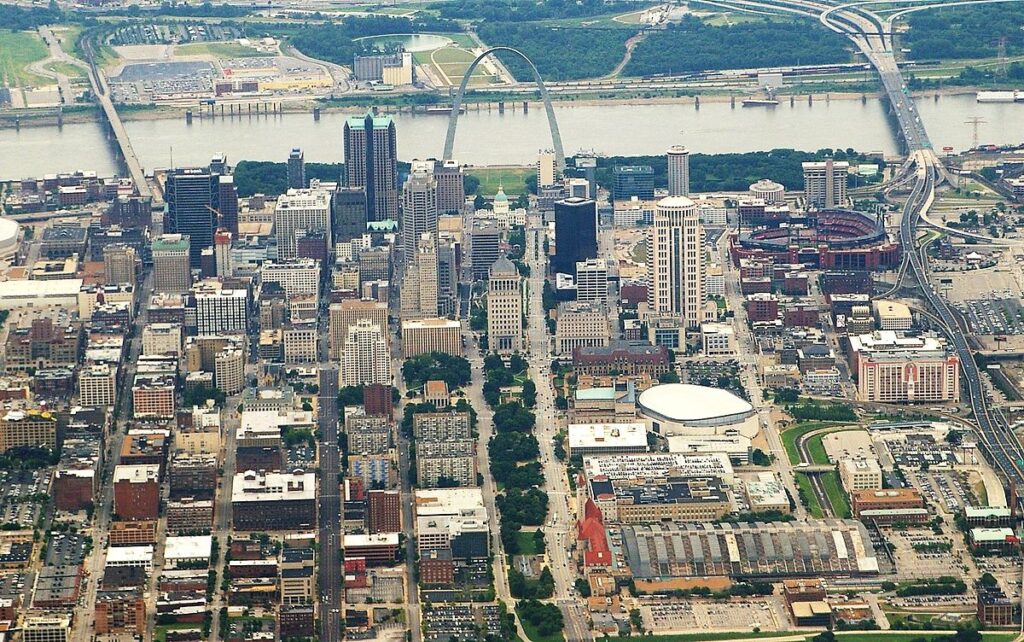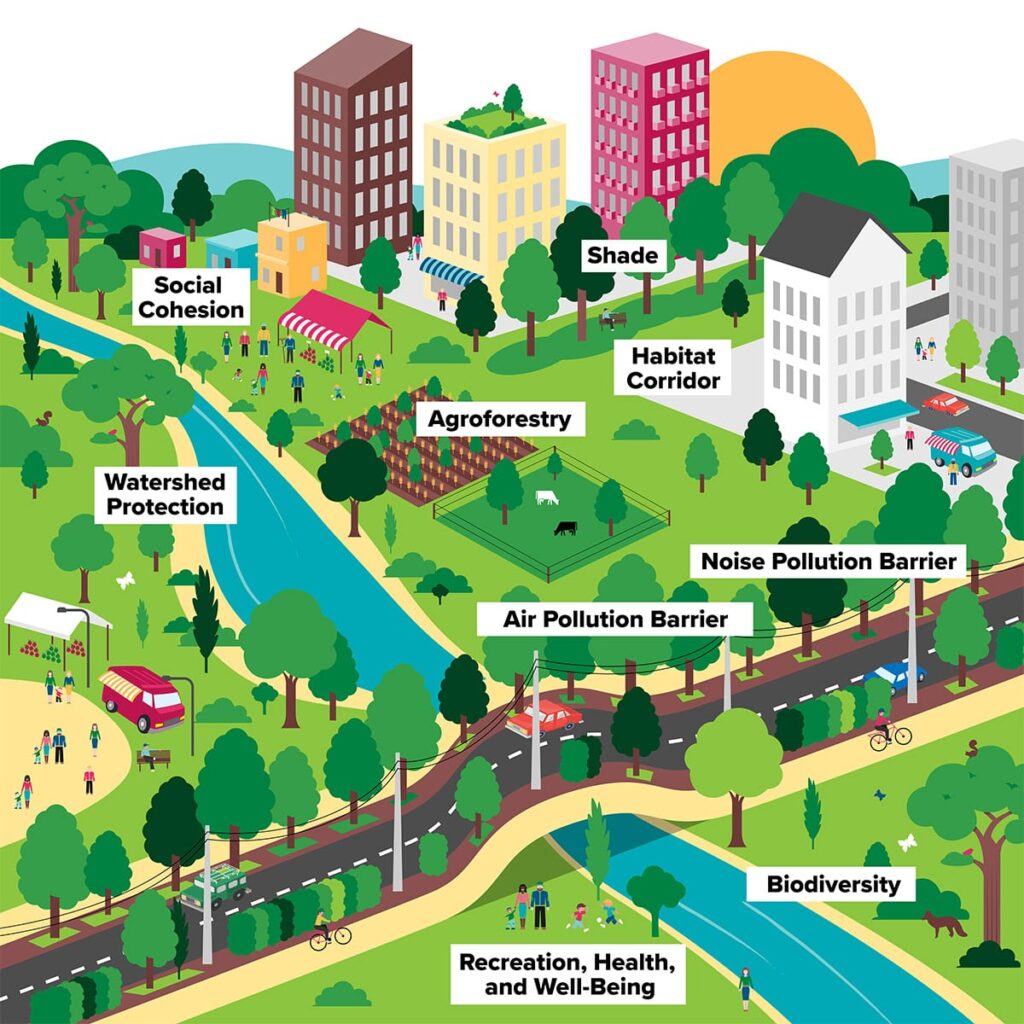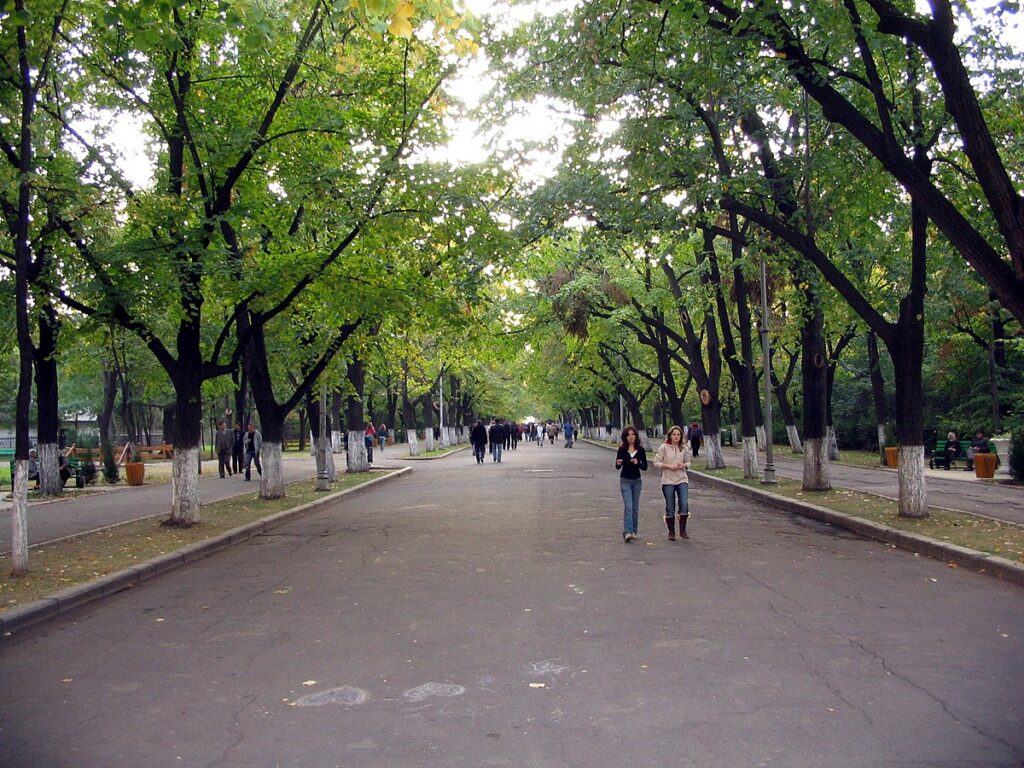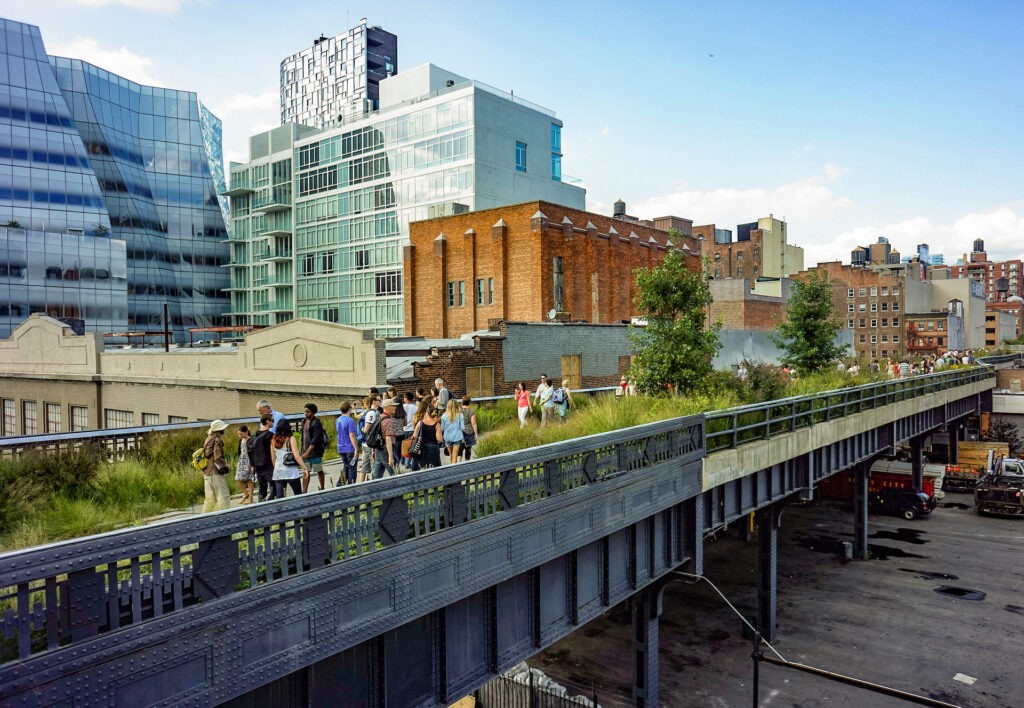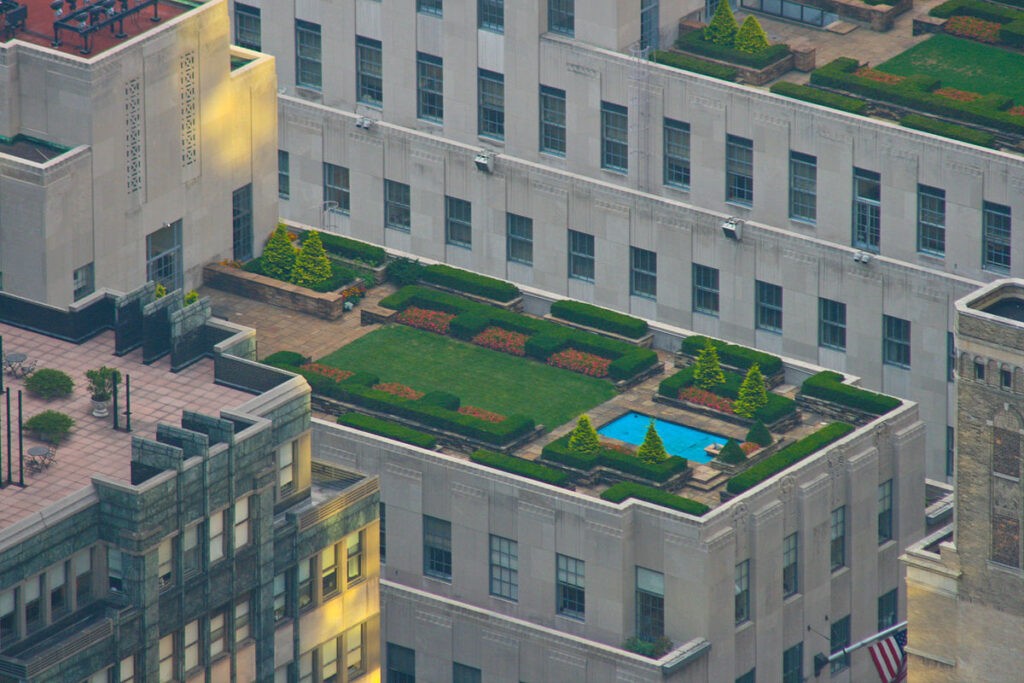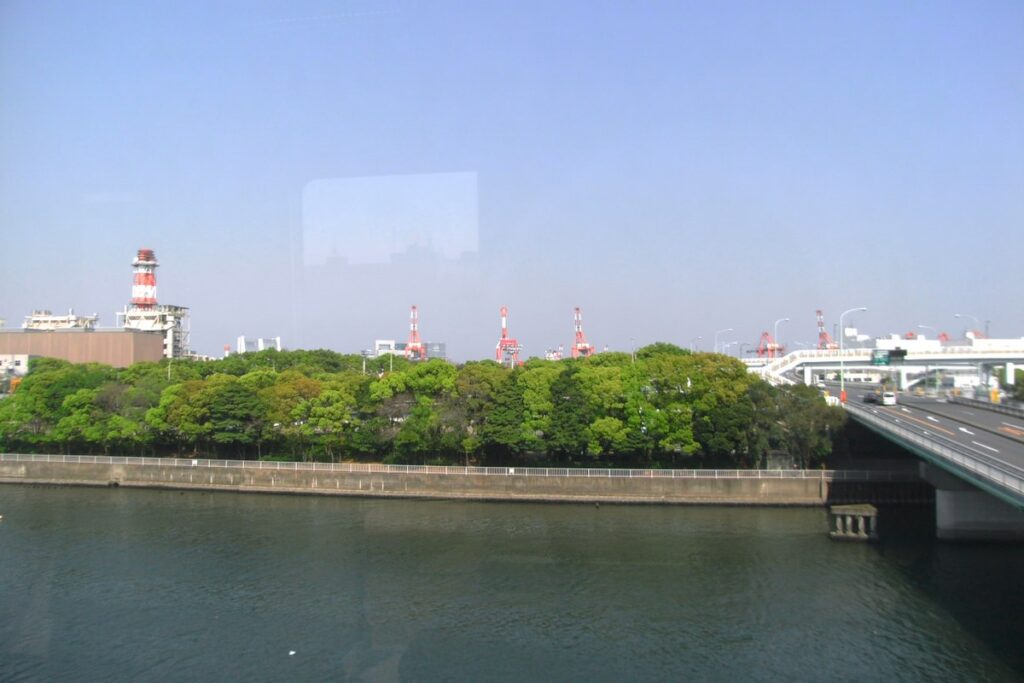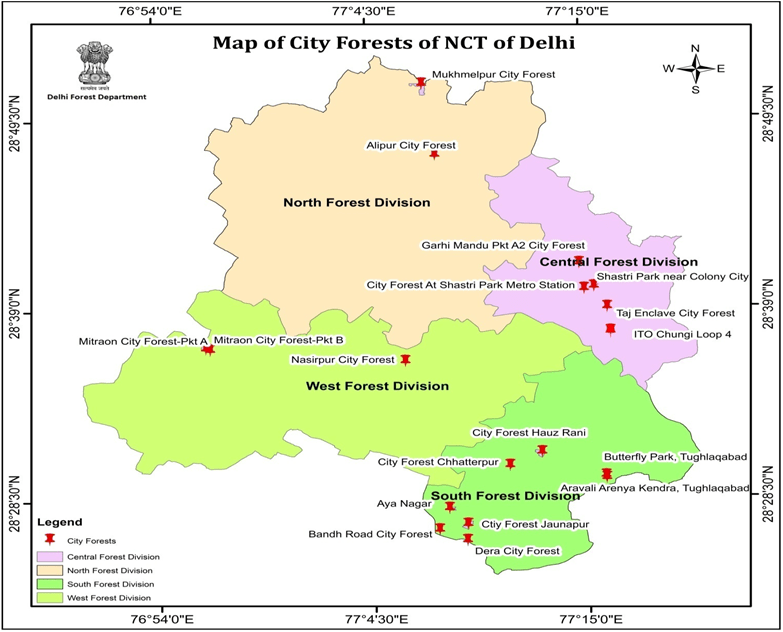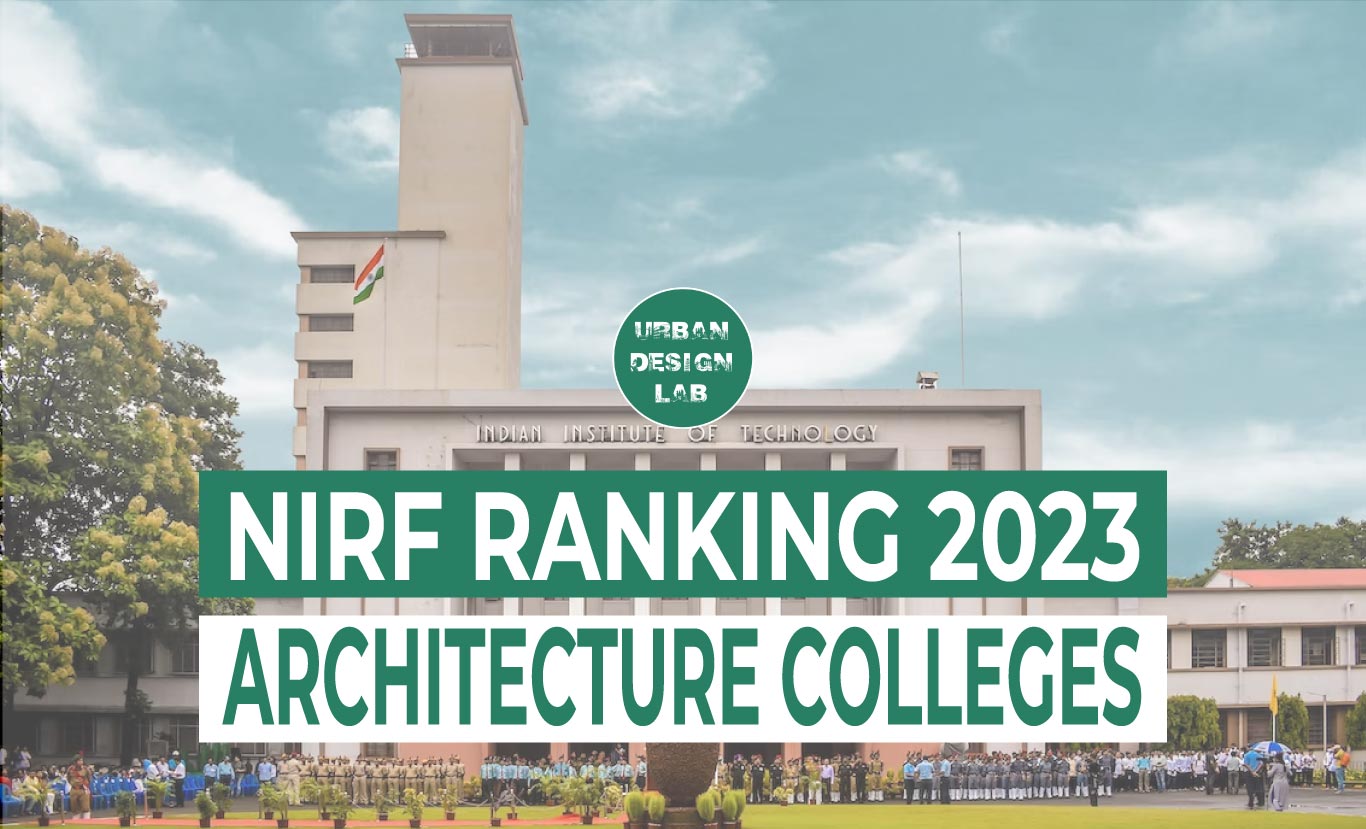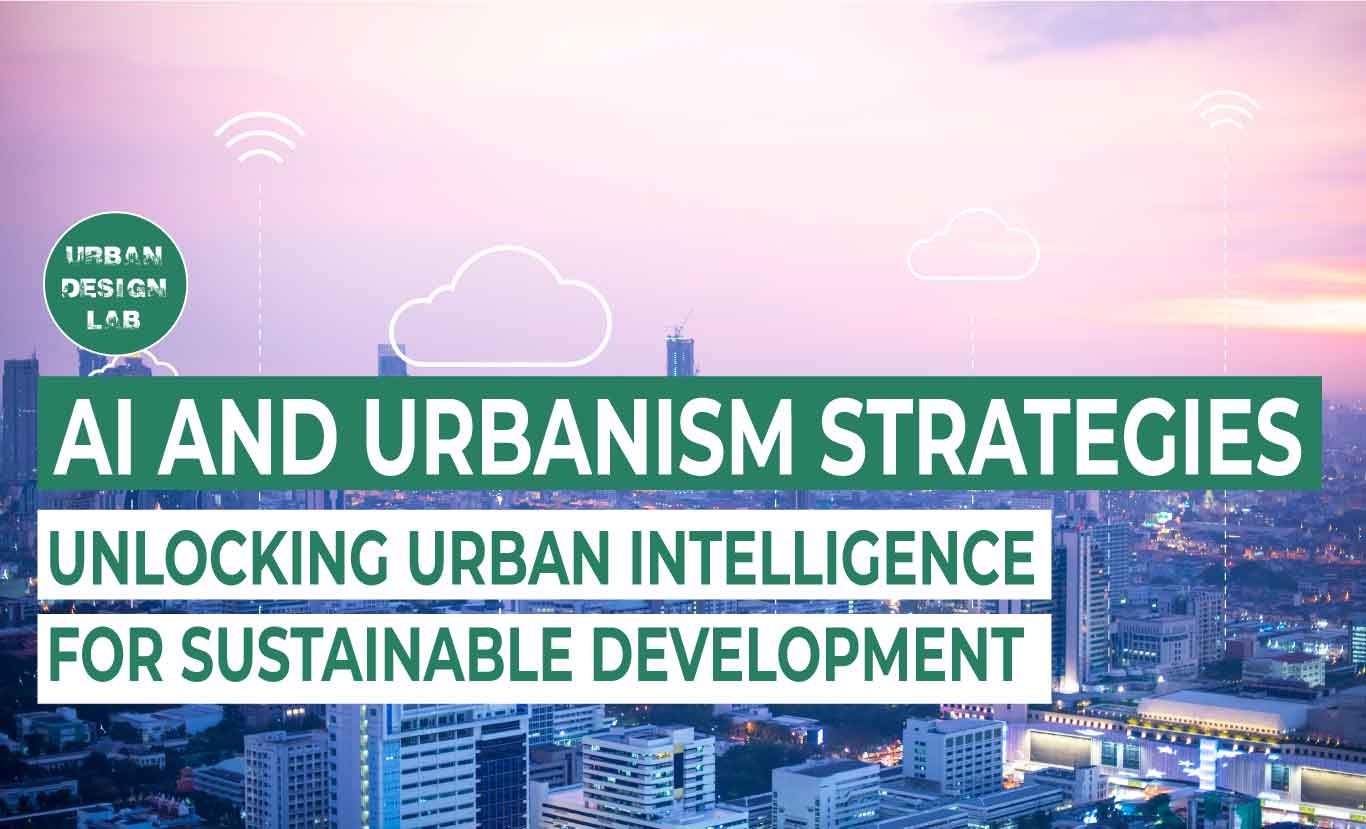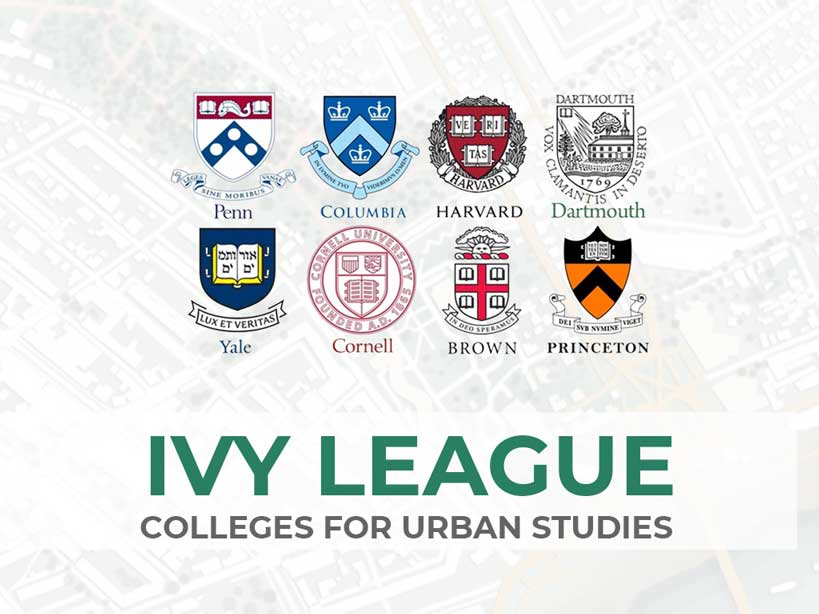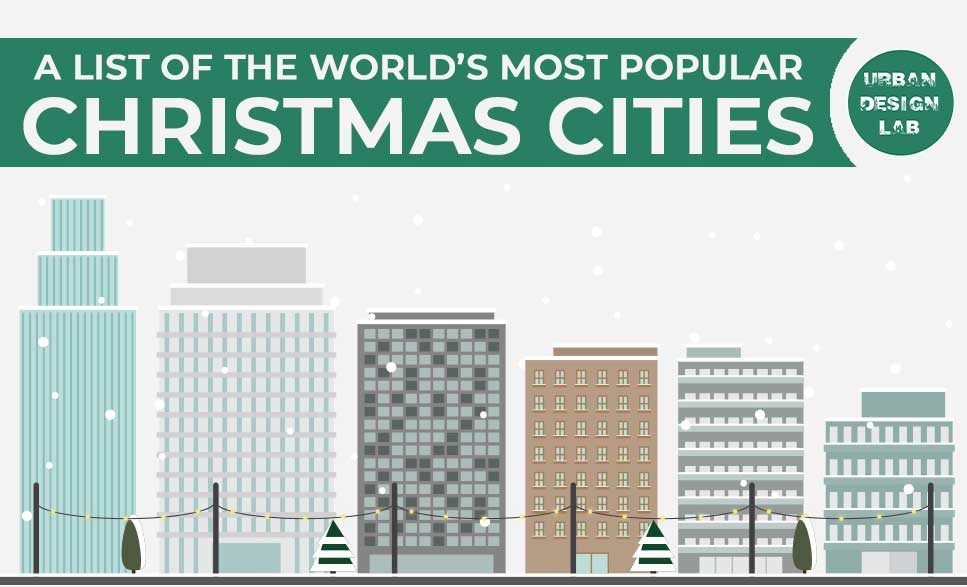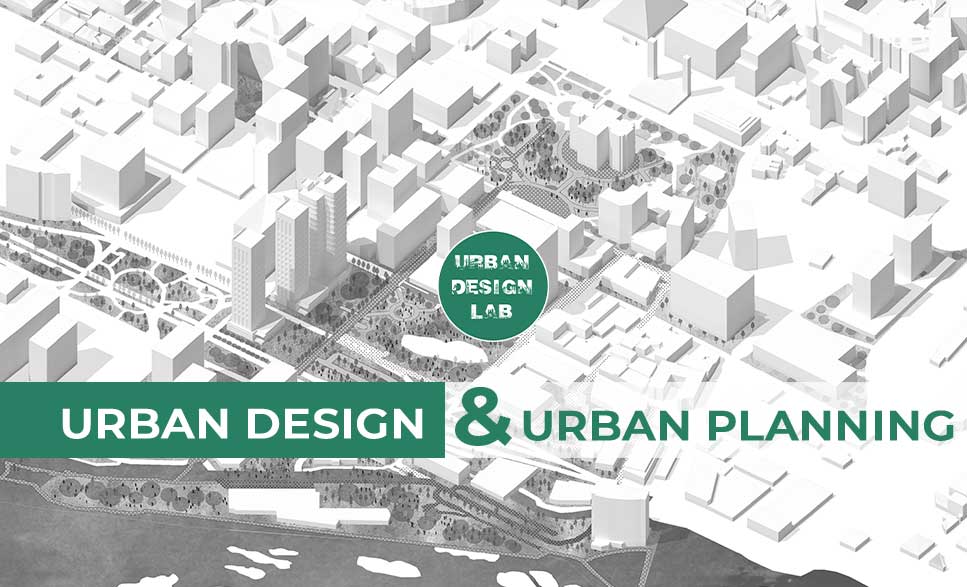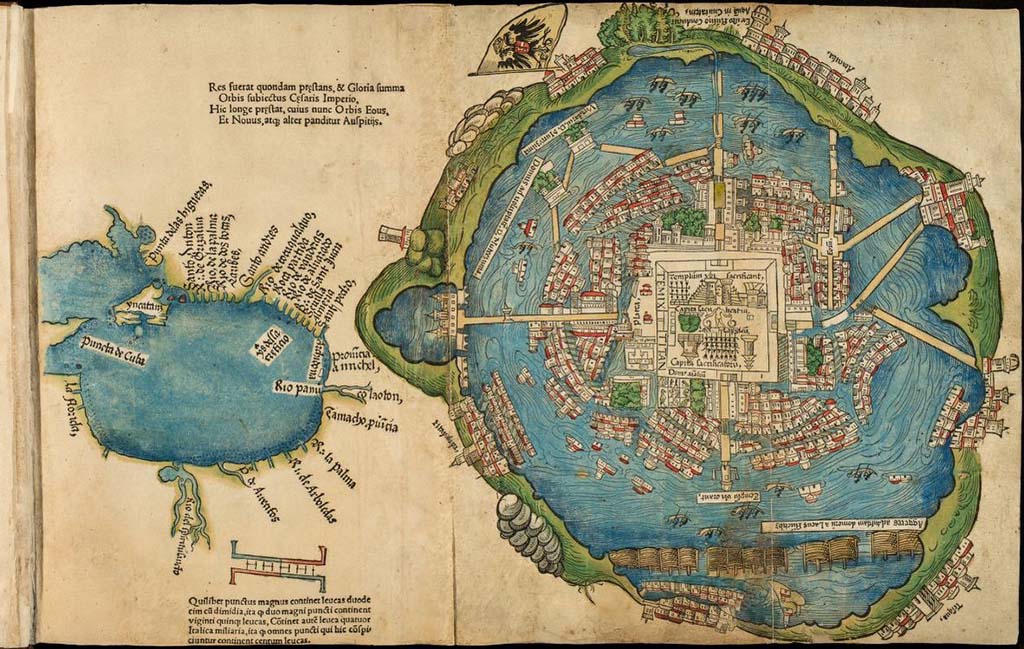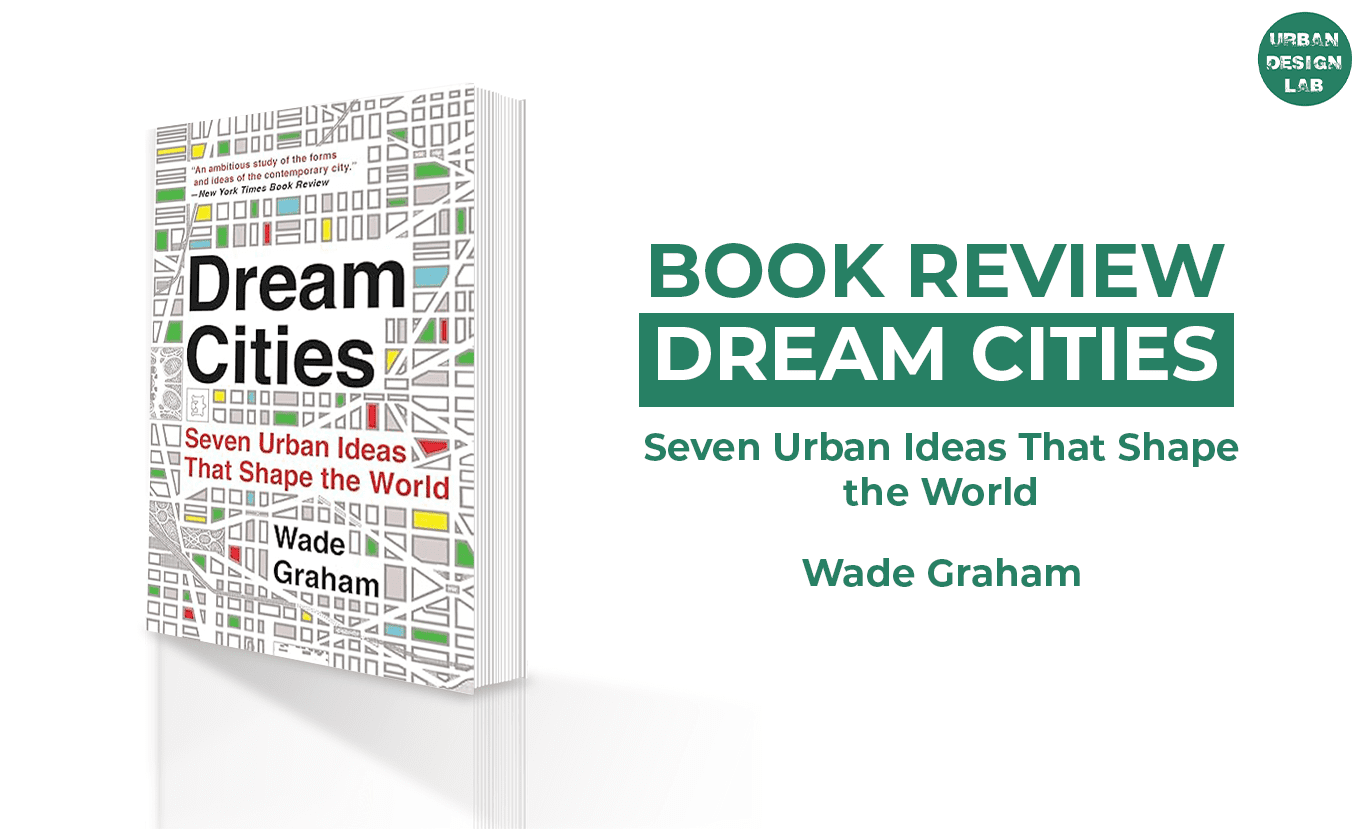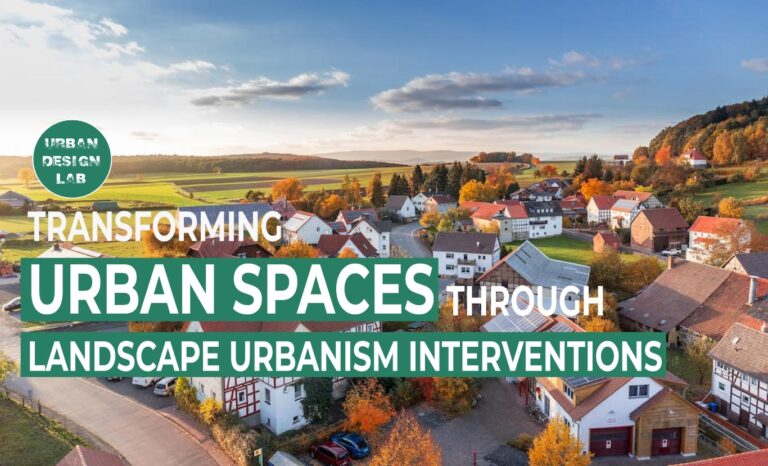
Comprehensive Guide to Urban Forest Management
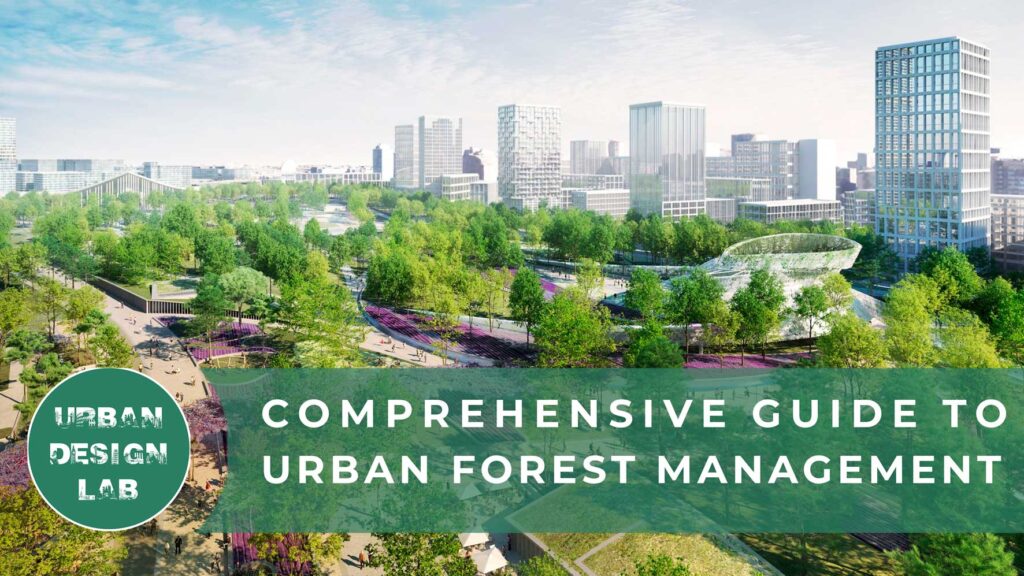
Introduction
The urban environments present in the global cities are currently into considerations for mitigating the adverse effects of climate change (Safford, Larry, McPherson, Nowak, & Westphal, 2013). The major parts of the cities have seen rapid growth that are taking place without considering the land use planning strategies and this subsequently have caused a great deal of damage to the forests, natural and man-made landscapes, green and open areas that are within or around the cities. These have led to the decline of tree canopies largely present in the urban centres. The green spaces present in the cities offer a wide range of services ranging from ecological, economic, and social welfare (Pucci, 2020). Urban Forest plays a critical role in climate change mitigation and adaptation and can strengthen local resilience to climate change while creating more sustainable and desirable places to dwell (Safford, Larry, McPherson, Nowak, & Westphal, 2013). As the population in the cities around the globe have started to increase sustainable urban and community forests are vital for their well-being (Pucci, 2020).
Urban Forests and their meaning
Urban Forests generally consists of network or systems that are formed by woodlands, groups of trees, and individual trees located in urban and peri-urban areas and include forests, street trees, trees in parks and gardens, and trees in derelict corners. They together constitute the green infrastructure overall maintaining the city’s environment (Briales, 2017). Managing urban trees and forests is considered as part of an integrated ecosystem in order to sustain the urban ecosystem. Sustainable urban forestry brings multiple benefits, including improved public health and well-being, reduced ambient temperatures, more vibrant neighbourhoods, support for biodiversity, increased energy efficiency, green job creation, opportunities for urban food production and reduced risks of floods and landslides, among others (Urban forests can help future-proof cities, 2022). Urban forests not only provide benefits to the humans but also to the urban biodiversity. The trees and shrubs that are located within residential and commercial building areas provide nesting grounds and environments for various avian species, as well as for insects and reptiles (Grebner, Boston, Siry, & Bettinger, 2022).
Importance of Urban Forests in current cities
Urban forests present within cities have a great importance as they assists in multiple functions. Urban forests help to filter air and water, control storm water, conserve energy, and provide animal habitat and shade. They also assist in adding form and structure to various strategies of urban design are dynamic ecosystems that provide critical benefits to people and wildlife (Urban Forests).
Urban forests play a vital role in sustaining the ecology of human habitats in multiple ways. Apart from idea of the beautification of the urban environment, they offer many benefits like impacting urban climate and the urban economy while providing shelter to wildlife and recreational area for city dwellers. There are several benefits of urban forests which include:
- Aiding in the process of Carbon Sequestration
- Conserving water in the form of storm water management and absorbing excess runoff
- Dampening excess noise pollution
- Mitigating the effects of climate change, urban heat island and air pollution
- Maintaining the micro-climate within the urban context
- Conserving energy and reducing energy costs
- Increasing property value in urban areas
- Improving the mental well-being of the community (5 Benefits of Urban Forests, 2022)
Challenges faced by Urban Forests
As the term suggests, urban forests are primarily composed of trees located in urban areas. These trees sometimes tend to exists in some difficult environment and are sometimes constantly exposed to pollutants, high temperatures, drought and inundation, and the limited space they have to grow roots increase susceptibility to insects and diseases. Also due to limited resources, they are most often not properly maintained and often lack public awareness of their benefits. Public understanding can be increased with the participation of multiple stakeholders and the collaboration of municipal governments. Another major challenges these forests faced are the issues of encroachment due to development and expansion of urban areas. These development strategies should incorporated urban greens and forests within their planning (Benefits and challenges of urban forests).
Urban Forestry – a step towards Urban Forest Management within cities
Urban Forestry is the care and management of all green elements in any urban settings for the purpose of improving the urban environment. Urban Forestry takes into consideration both planning and management while dealing with the maintenance of urban forests as they considered as a critical part of the green infrastructure. Urban Forestry deals with the following green in any urban influence:
- Street trees and road plantations
- Public green areas, such as parks, gardens, cemeteries,
- Semi-private space, such as green space in residential areas and in industrial or specially designated parks
- Public and private tree plantations on vacant lots, green belts, woodlands, rangelands, and forests close to urban areas
- Natural forests under urban influence, such as nature reserves, national parks and forests for eco-tourism.
- Urban agricultural land, such as orchards, allotments etc. (Urban Forestry).
Urban Forestry is considered as one of the vital component in managing the built environment and dealing with the issues of climate change and achieving sustainability. Well designed and healthy streetscapes with adequate green spaces along should be considered to help curb the urban heat island effect and can be effective in carbon sequestering in urban areas where carbon footprints tend to peak. These trees also provide much needed shade that improves not only the pedestrian experience of the area but also provide natural shades in parking zones. Street trees can also increase property values in certain areas and also aid in storm water management (Lowry, 2020). Various organization, local stakeholders, development authorities and national government can support urban forestry through supportive policies and targets, standardized data collection, financial support and cooperation across boundaries and sectors (Urban forests can help future-proof cities, 2022).
Urban forest management plans are generally developed taking into consideration of the trees contained within cities and municipalities. They are similar to organization-specific plans in that trees located outside of these areas are generally of no interest to the planners. However, they differ from organization-specific plans in that the owners of the trees could be the cities themselves or the thousands of private landowners within the cities. An urban forest plan generally emphasize on the objectives and constraints of a city and its setting, with regard to tree structure and form. The percentage of canopy cover, the size and state or health of trees and the species distribution are common metrics that are used to evaluate current and future conditions of an urban forest. After considering all these factors, urban foresters develop information in the form of maps or inventories specific to different cities which are then analysed and summarized and finally present to the city managers and public for further considerations (Bettinger, Boston, Siry, & Grebner, 2017).
Urban Forestry Initiatives in Delhi
The Government of Delhi has taken up initiatives to develop the existing forests with the urban areas as ‘Urban Forest Pockets’ which are being developed for the citizens with the purpose of providing eco system services like Ground Water Recharge, Carbon Sequestration, Pollution Mitigation, Nature based Healing, Wellness Education, Awareness and Ecotourism. The city forests under Delhi Forest Department includes Mitraon City Forest-Pkt A, Nasirpur City Forest, Alipur City Forest, Mitraon City Forest-Pkt B, Butterfly Park, Tughlaqabad, Aravali Arenya Kendra, Tughlaqabad, Taj Enclave City Forest, Shastri Park near colony City Forest, Garhi Mandu Pkt A2 City Forest, City Forest at ITO chungi Loop No. 4, City Forest Hauz Rani, City Forest at Shastri Park Metro Station, Mamoorpur City Forest, City Forest Aya Nagar, Ctiy Forest Jaunapur, City Forest Dera Mandi and City Forest at Chhattarpur.
The primary vision and object of the initiatives are:
- To develop forest area near habitations into native forest to act as Green lungs of Delhi.
- To sequester Carbon and harvest rain water intensively in City forest
- To facilitate nature based education and outreach activities for citizens
- To develop City Forest as research plots for assessing ecosystems and their services in Delhi.
- To develop ecotourism on sustainability principles defined by UNEP.
- To develop city forest as healing point for citizens.
- Generation of green jobs in form of guides, plantation doctors, greening consultants etc. (City Forests)
Reference
5 Benefits of Urban Forests. (2022, 04 08). Retrieved from College of Natural Resources News – NC State: https://cnr.ncsu.edu/news/2022/04/5-benefits-of-urban-forests/
Urban forests can help future-proof cities. (2022, 04 13). Retrieved from UNECE Sustainable Development Goals: https://unece.org/climate-change/news/urban-forests-can-help-future-proof-cities
Benefits and challenges of urban forests. (n.d.). Retrieved from Uforest: https://www.uforest.eu/news/insights/benefits-and-challenges-of-urban-forests/
Bettinger, P., Boston, K., Siry, J., & Grebner, D. (2017). Management of Forests and Other Natural Resources. Forest Management and Planning (Second Edition), 1-20.
Briales, E. R. (2017, 10 05). Urban and Peri-Urban Forestry. Retrieved from Food and Agriculture Organization of the United Nations: https://www.fao.org/forestry/urbanforestry/87025/en/#:~:text=Urban%20forests%20can%20be%20defined,and%20trees%20in%20derelict%20corners.
City Forests. (n.d.). Retrieved from Forest Department – Government of National Capital Territory of Delhi: http://forest.delhigovt.nic.in/city-forests
Grebner, D., Boston, K., Siry, J., & Bettinger, P. (2022). Urban forestry. Introduction to Forestry and Natural Resources (Second Edition), 387-407.
Lowry, N. (2020, 02 04). Urban Forestry & Quality of Life. Retrieved from The Field – ALSA Professional Pratice Networks Blog: https://thefield.asla.org/2020/02/04/urban-forestry-quality-of-life/
Pucci, F. (2020, 10 08). The Significance of the Urban Forest in the Urban Environment. Retrieved from Garden Notes: https://ucanr.edu/blogs/blogcore/postdetail.cfm?postnum=43772
Safford, H., Larry, E., McPherson, E., Nowak, D., & Westphal, L. (2013, 08). Urban Forests and Climate Change . Retrieved from U.S. Department of Agriculture, Forest Service, Climate Change Resource Center: https://www.fs.usda.gov/ccrc/topics/urban-forests
Urban Forestry. (n.d.). Retrieved from UN Climate and Technology Centre and Network: https://www.ctc-n.org/technologies/urban-forestry
Urban Forests. (n.d.). Retrieved from Forest Service, US Department of Agriculture: https://www.fs.usda.gov/managing-land/urban-forests#:~:text=Urban%20forests%20help%20to%20filter,and%20structure%20to%20urban%20design.
Ankur Jyoti Dutta is a landscape architect and academic who completed his master’s degree in landscape architecture from the School of Planning and Architecture, New Delhi in 2021. He has 3.5 years of experience in both industrial and academic fields, focusing on concepts of nature and culture in the Anthropocene, Cultural Landscapes and their social dimensions, Urban Ecology, Urban Regeneration, Landscape Urbanism, Ecological Urbanism, idea of Sustainability and Energy Efficient Landscapes. He has published articles on Efficient Landscape Design Practices for Universities, Wetlands for Ecological Development in Current Urban Areas, and Threats to Urban Landscape Resources. He currently works as an Assistant Professor (Contract) at the Department of Landscape Architecture at the School of Planning and Architecture, New Delhi.
Related articles

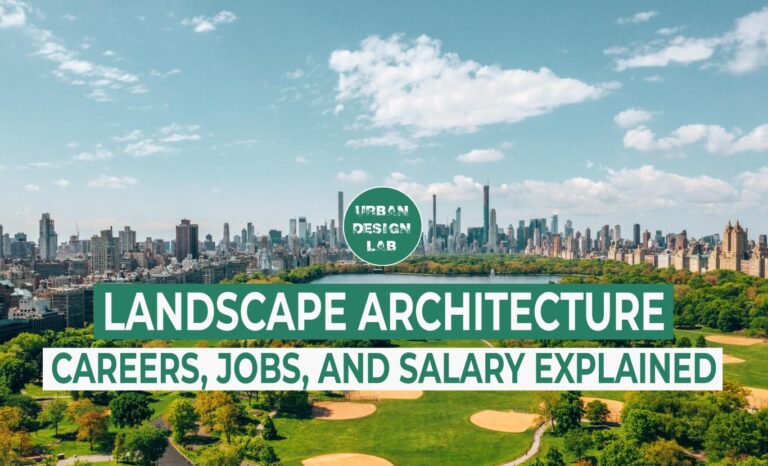
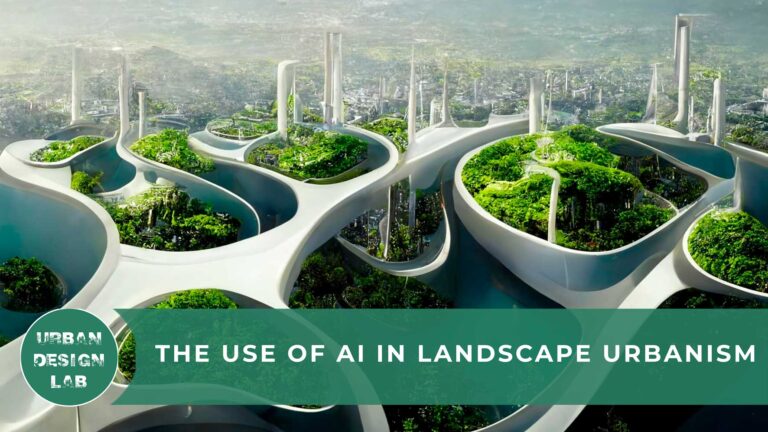
The Use of AI in Landscape Urbanism

Cultural Landscapes: Exploring their Social Dimension
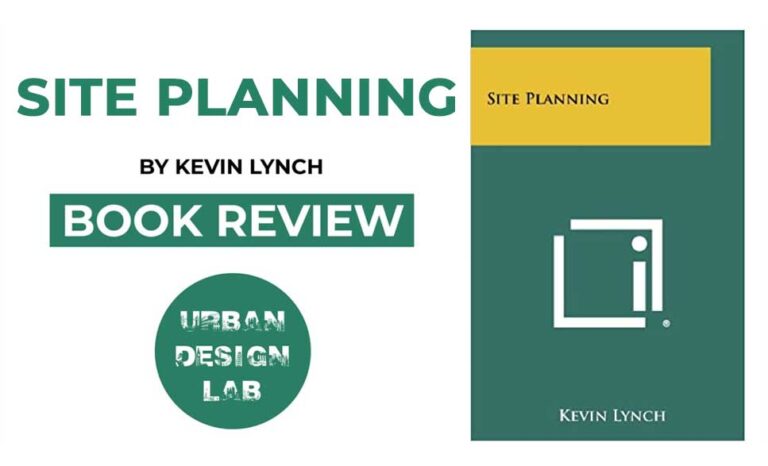
Book Review: Site Planning by Kevin Lynch
5-Days UDL GIS
Masterclass
GIS Made Easy – Learn to Map, Analyse, and Transform Urban Futures
Session Dates
14th-18th July 2025

Free E-Book
From thesis to Portfolio
A Guide to Convert Academic Work into a Professional Portfolio”
Recent Posts
- Article Posted:
- Article Posted:
- Article Posted:
- Article Posted:
- Article Posted:
- Article Posted:
- Article Posted:
- Article Posted:
- Article Posted:
- Article Posted:
- Article Posted:
- Article Posted:
- Article Posted:
- Article Posted:
- Article Posted:
Sign up for our Newsletter
“Let’s explore the new avenues of Urban environment together “


